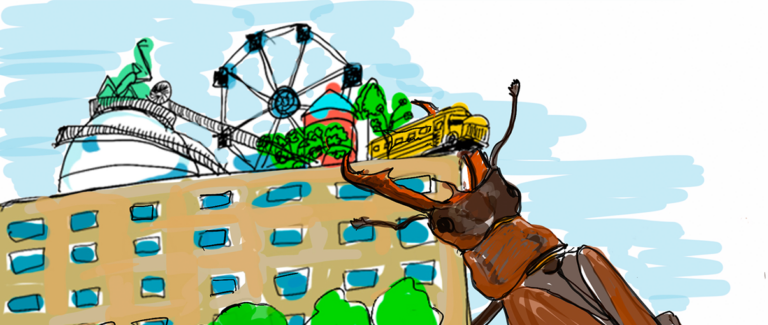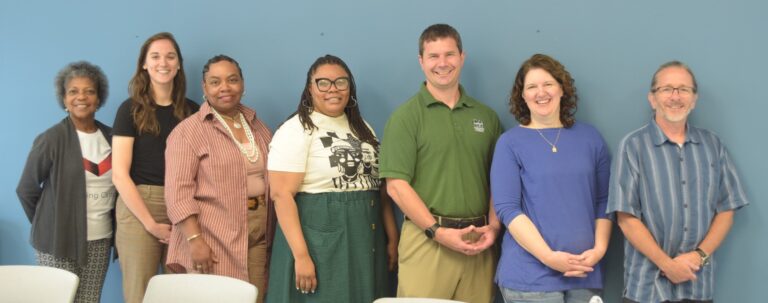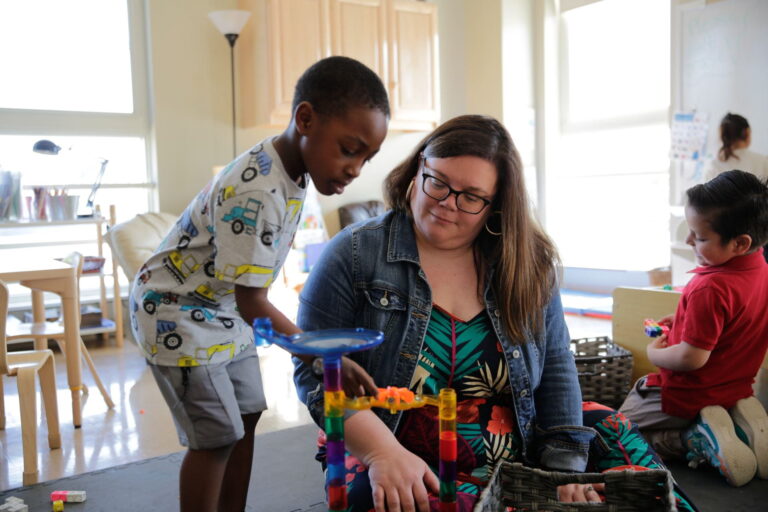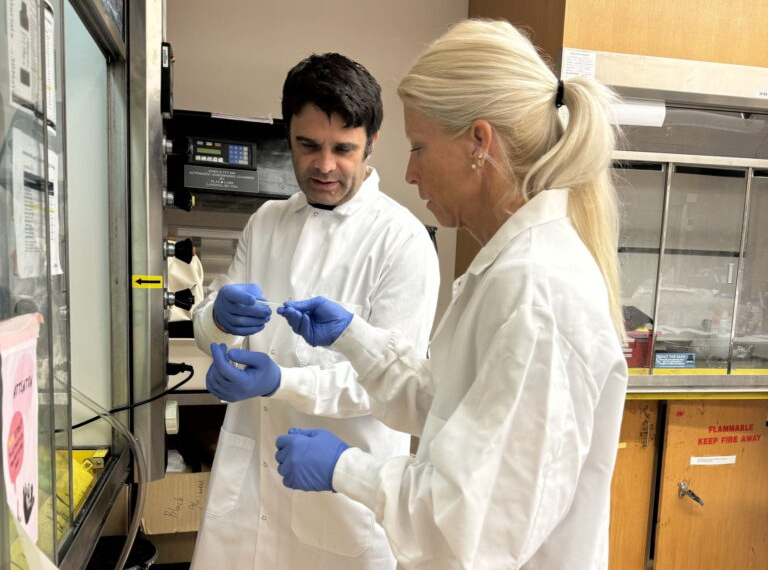Busch Stadium
Explore science lessons about force and motion in baseball for K-8 students and adults alike at Busch Stadium.
City Museum
Investigate life science and physical science concepts as you consider the specimens in the natural history room, the slides and the pinball machines in Beatnik Bob’s arcade room at City Museum.
Using Appreciative Inquiry To Strengthen RPPs
JOURNAL ARTICLE • July 2025 • by Maia Elkana & Victoria May
This article in NNERPP EXTRA co-authored by ISP leaders examines Appreciative Inquiry as an approach to surface, understand, and provide solutions in RPPs.
Research-practice partnership leaders nationwide to gather at WashU for NNERPP annual forum
Washington University’s Institute for School Partnership (ISP) will join the National Network for Education Research-Practice Partnerships (NNERPP) in welcoming university researchers, state education agency and district research leaders, teachers and other educators from across the country for the 2025 NNERPP Annual Forum set for July 23-25, on WashU’s Campus in St. Louis, Missouri.
Gateway Arch & Riverfront
Visit the Gateway Arch and Riverfront to explore how St. Louis weather, climate, and topography have impacted both the design of the Arch and the ecosystems around the Mississippi Riverfront.
Thirteen teachers selected to participate as 2025 Summer Teacher Researchers at WashU
Thirteen teachers from across the St. Louis region have been selected to work with WashU faculty members for the 2025 Summer Teacher Researcher Program.
Plants and Animals in Your Yard
iNaturalist app, household items
ISP releases key recommendations for high-quality, equitable math instruction for early childhood learners
Rigorous early childhood math education is vital for students’ future academic and lifelong success, yet many preschool children lack opportunities to engage in math learning.
Teacher Researchers Partner with WashU Faculty to Ignite Curiosity in Students
By middle school and high school, most students in the U.S. are familiar with the terms MRI and CT scan. Chances are, they know these diagnostic imaging tools are used when physicians need to see parts of the body in a different light.









